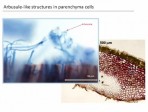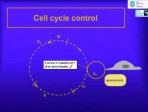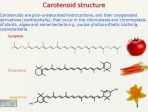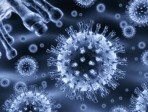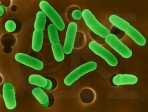 00:35:00
00:35:00
GFP and After
Since its introduction as a biological marker, the Aequorea victoria Green Fluorescent Protein (GFP) has had a strong impact in biology, being used in an ever-increasing variety of ways. I will review a bit of the history of GFP and show how having ....
More details | Watch now 00:31:00
00:31:00
Atmosphere Climate and Chemistry in the Anthropocene
Despite their relatively small mass, 10-5% of the earth biosphere as a whole, generations of ambitious 'homo sapiens' have already played a major and increasing role in changing basic properties of the atmosphere and the earth's surface. Human activ....
More details | Watch now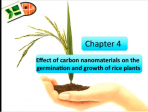 00:47:00
00:47:00
Nanomaterials as growth effectors and imaging agents in rice plants and its scope in plant science
Ramya talks about the ways in which nanomaterials can affect rice-plant growth and also be used for imaging purposes. This talk was part of her PhD thesis defence.
More details | Watch now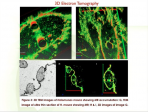 00:56:00
00:56:00
Prospects of extremophiles and sulfated polysaccharides in bionanotechnology and biomedicine
During his PhD thesis defence lecture, Sreejith looks at some novel prospects for biomedicine.
More details | Watch now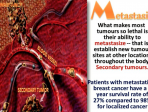 00:58:00
00:58:00
Investigating the ribosome inactivating protein-curcin, as a protent therapeutic candidate in nano-drug delivery systems
During the defence of his doctoral thesis, Mohamed describes his work and investigation of curcin, the ribosome-inactivating protein and the ways it may be used in the treatment of cancer.
More details | Watch now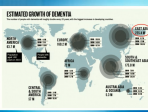 00:33:00
00:33:00
Synthesis and characterization of targeted nano-regulators as potential therapeutic agents for controlling Alzheimer’s disease
In her PhD dissertation lecture, Anila describes the use of nano-particles in the treatment of Alzheimer's Disease.
More details | Watch now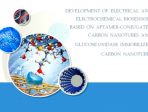 00:42:00
00:42:00
Development of electrical and electrochemical biosensors based on aptamer-conjugated carbon nanotubes and glucose oxidase immobilized carbon nanotubes
Saino describes her success in developing electrochemical biosensors during her PhD course at Toyo University.
More details | Watch now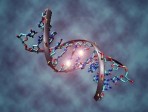 01:17:00
01:17:00
Genetics, epigenetics and disease
The human genome sequence has been available for more than a decade, but its significance is still not fully understood. While most human genes have been identified, there is much to learn about the DNA signals that control them. This lecture describ....
More details | Watch now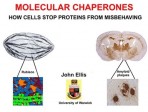 01:04:00
01:04:00
Molecular chaperones: how cells stop proteins from misbehaving
Proteins are the action molecules of all cells, and to function properly, protein chains must fold and assemble correctly. But each chain of every protein runs the risk that it will combine with one or more identical chains to form nonfunctional aggr....
More details | Watch now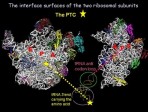 01:03:00
01:03:00
From bears’ winter-sleep to advanced antibiotics
Professor Ada Yonath, Weizmann Institute of Science, Israel. To facilitate instant recovery of active life once bears wake up from their winter sleep, nature provides ingenious mechanism based on periodic packing of their ribosomes, the cellular ma....
More details | Watch now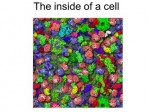 01:07:00
01:07:00
Finding patterns in genes and proteins: decoding the logic of molecular interactions
Dr Sarah Teichmann is based at the MRC Laboratory of Molecular Biology at the University of Cambridge. In the post-genomic era, high-throughput methods are providing us with a deluge of data about genes and proteins. What knowledge about biology do....
More details | Watch now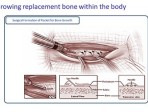 00:58:00
00:58:00
Regenerating organs and other small challenges
A disagreeable side effect of longer life-spans is the failure of one part of the body – the knees, for example – before the body as a whole is ready to surrender. The search for replacement body parts has fueled the highly interdisciplinary fiel....
More details | Watch now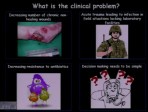 00:16:00
00:16:00
Using polymers to reduce bacteria in wounds
A research group provide details of their work in helping wounds to heal by developing polymers that will reduce the bacterial infections
More details | Watch now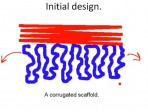 00:13:00
00:13:00
Tisue Engineering of the Cleft Palate
Overview of research that seeks to find a better intervention to correct a cleft palate
More details | Watch now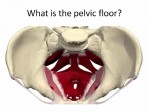 00:14:00
00:14:00
Tissue engineering
The challenge of tissue-engineering - a repair material for use in pelvic floor surgery
More details | Watch now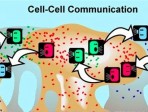 00:03:00
00:03:00
The social life of cells
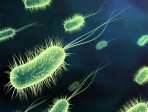 00:02:00
00:02:00
Using polymers to detect bacteria
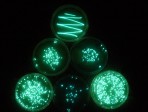 00:01:00
00:01:00
Making bacteria glow to aid healing
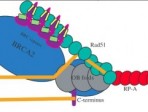 00:09:00
00:09:00
Breast Cancer Susceptibility Gene BRCA2
BRAC2 is a tumor suppressor gene. Its protein product interacts with other proteins to assist regulation of DNA repair, transcription and cell cycle checkpoints. BRAC2 gene disruption may lead to protein truncation, mutations and loss of function. Ce....
More details | Watch now